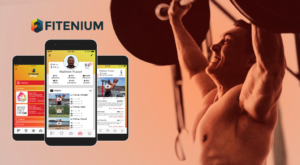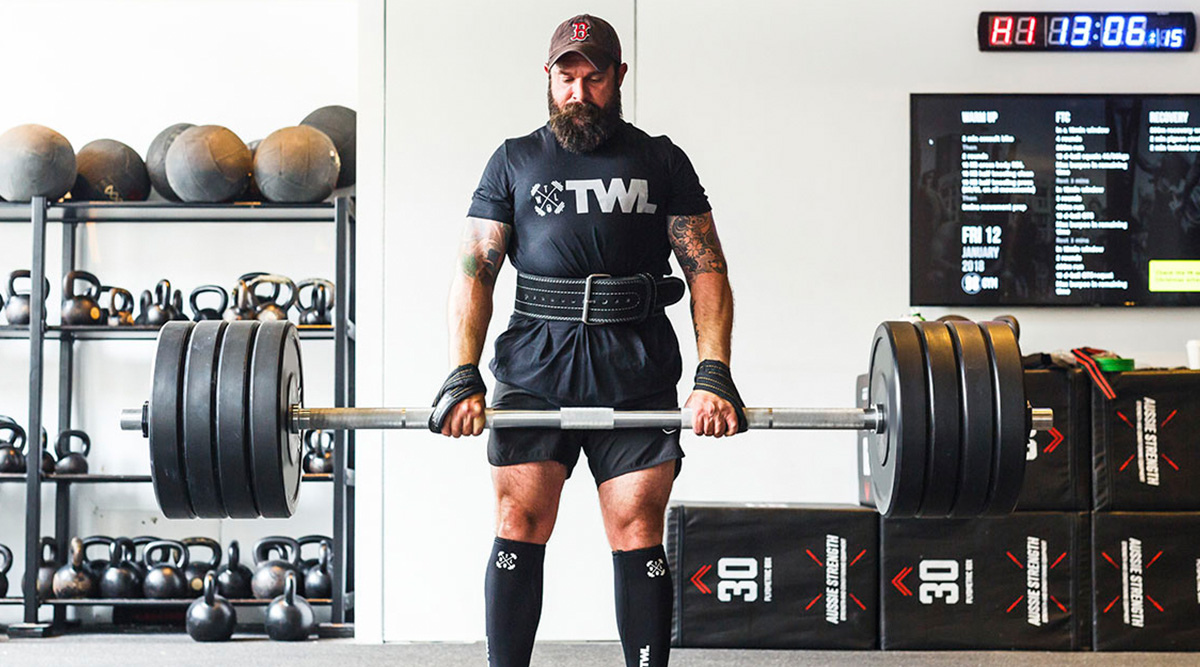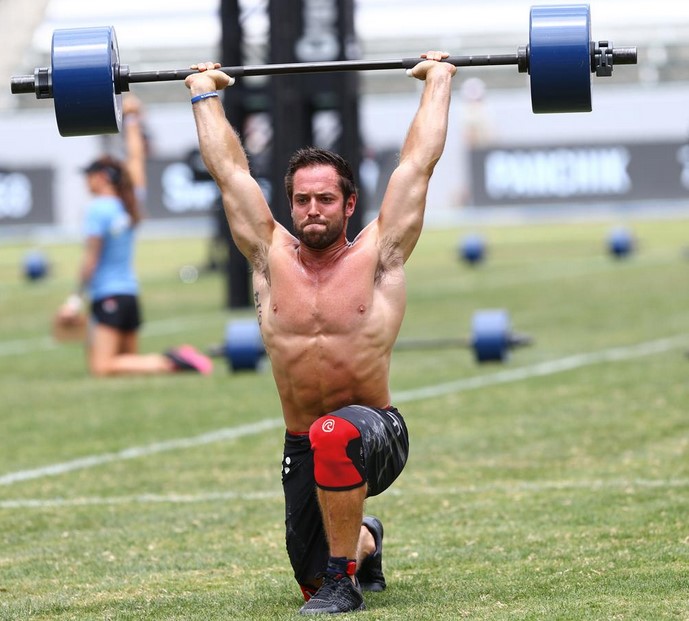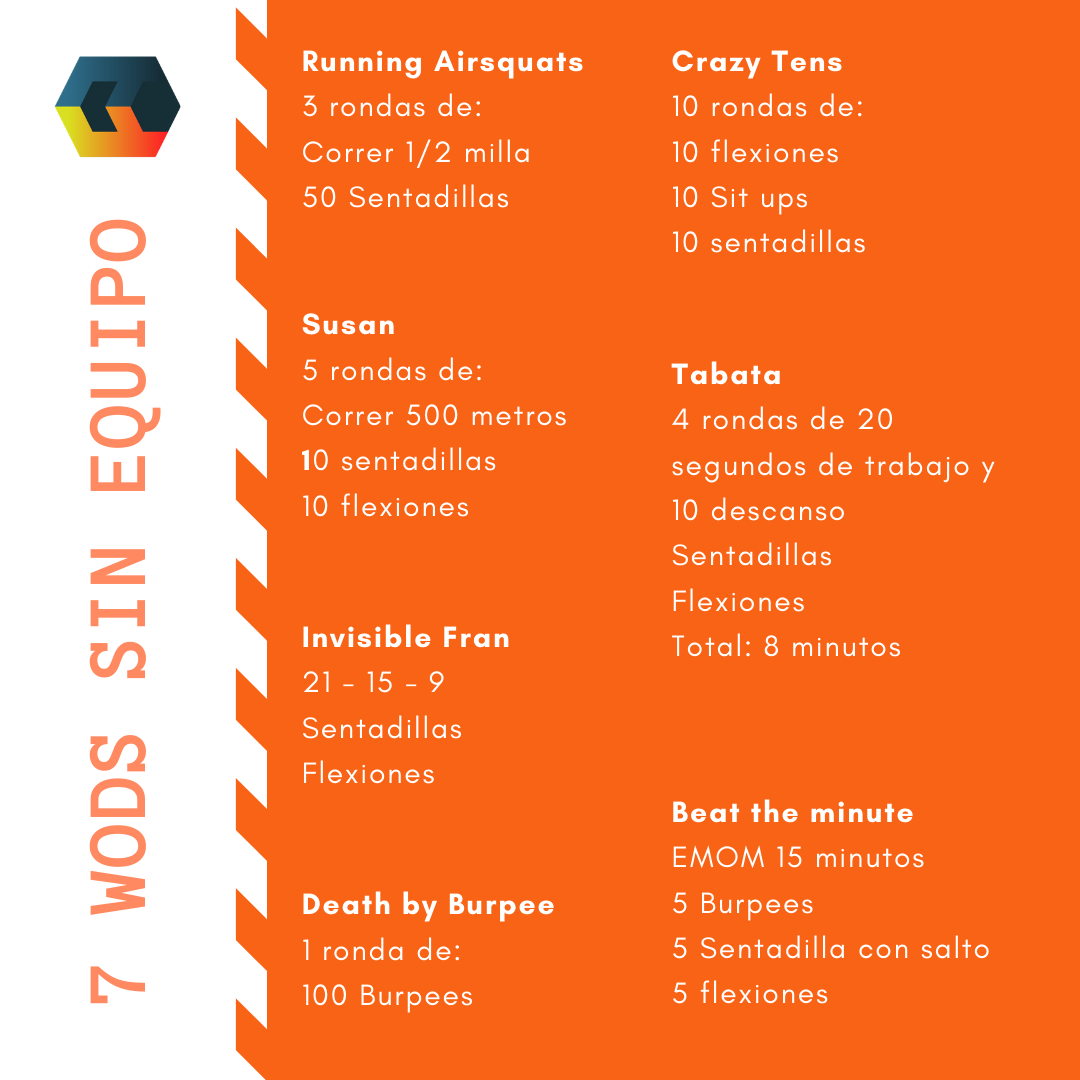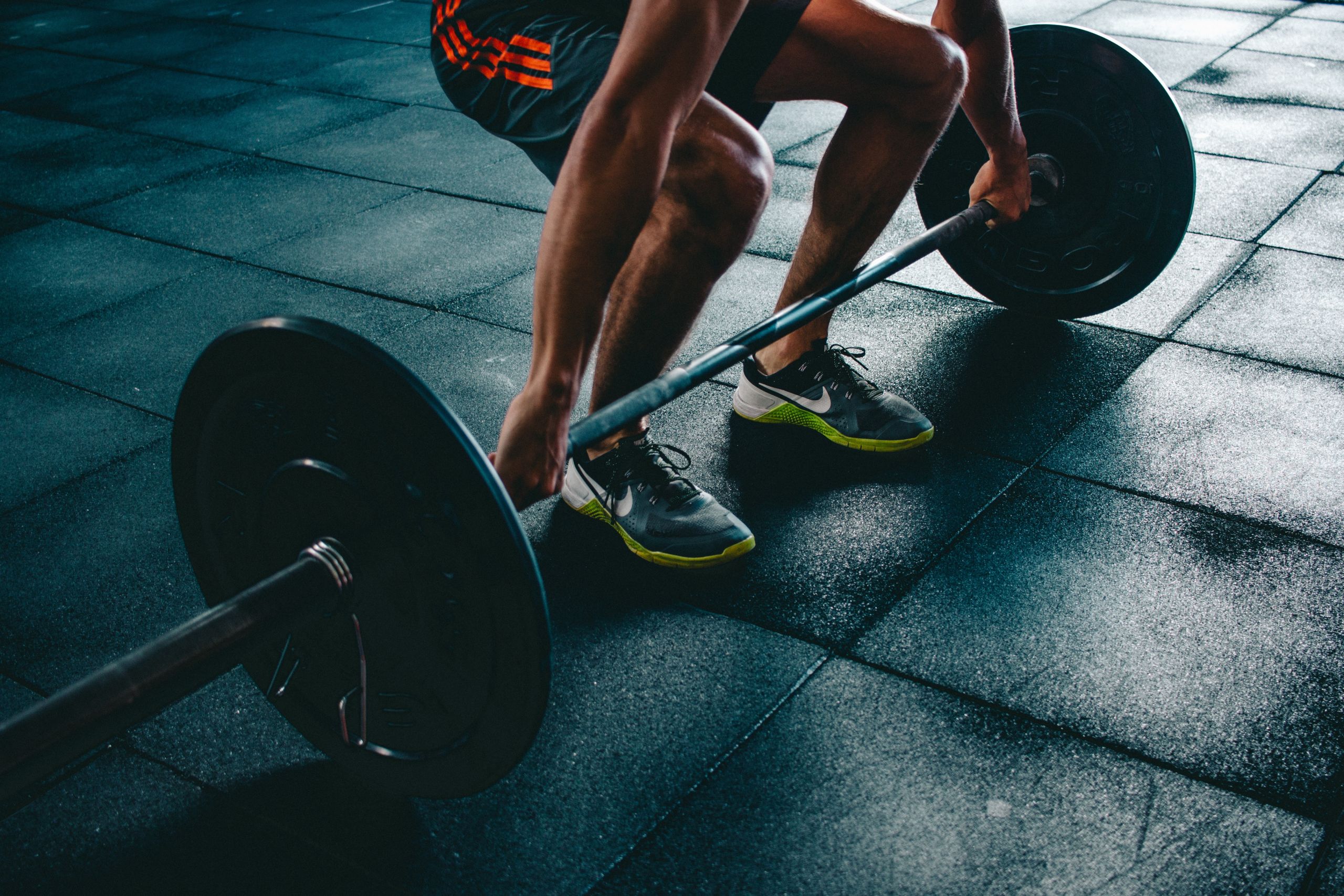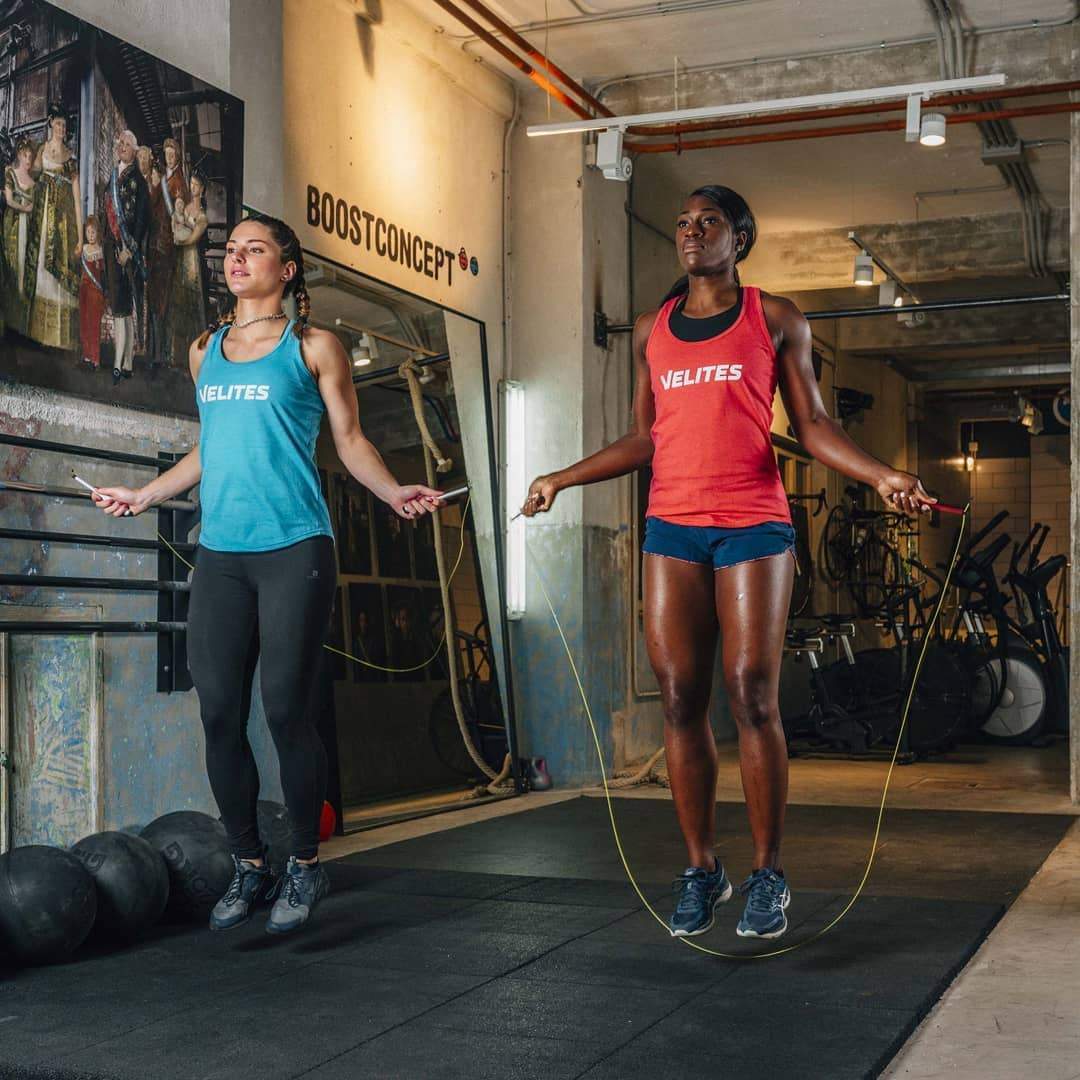News at the Crossfit Games 2019
If you don’t already know Fitenium is a free, mobile, video-based social network for athletes who train strength or bodyweight exercises. At Fitenium users can follow their performance, compete and get discounts in nutrition and sports equipment stores. Download it here.
In an effort to globalize Crossfit worldwide and achieve representation from all over the world at the Crossfit Games, Greg Glassman announced major changes to the Games and its qualifying method in early 2019. In this article we are going to analyze all these novelties and try to predict what effects it will have on the Games this year. In summary, the changes are as follows:
- The Open moves to October…wait, wasn’t there already an Open in April? Yes, but this is planned for the 2020 season, so in 2019 we will have two Opens, one for the 2019 Games and one for the 2020 Games.
- Regionals are suppressed.
- Instead of them, all countries with at least one Crossfit affiliated box will send their best man, woman and team to the Games.
- These classifieds will be determined by the results in the Open.
- It will also be possible to qualify for the Games by winning one of the 16 official Crossfit competitions held between November and June. These competitions for the 2020 games are the following:
- Dubai CrossFit Championship – Dubai, U.A.E. – December 2018
- Australian CrossFit Championship – Queensland, Australia- January 2019
- Wodapalooza CrossFit Festival – Miami, Florida, U.S. – January 2019
- CrossFit Fittest in Cape Town – Cape Town, South Africa – January 2019
- CrossFit Strength in Depth – London, England, U.K. – February 2019
- Asia CrossFit Championship – Chinese Mainland- April 2019
- Mid Atlantic CrossFit Challenge – Baltimore, Maryland / D.C. Area, U.S. – April 2019
- CrossFit Italian Showdown – Milan, Italy – April 2019
- Brazil CrossFit Championship – São Paulo, Brazil – May 2019
- The CrossFit Lowlands Throwdown – Apeldoorn, Netherlands – May 2019
- Down Under CrossFit Championship – Wollongong, Australia – May 2019
- Reykjavik CrossFit Championship- Reykjavik, Iceland – May 2019
- The Rogue Invitational, a CrossFit Sanctioned Event – Columbus, Ohio – May 2019
- CrossFit French Throwdown – Paris, France – June 2019
- The Granite Games, a CrossFit Sanctioned Events – Saint Cloud, Minnesota, U.S. – June 2019
- CrossFit West Coast Classic – San Diego, California – March 2020
- Pandaland CrossFit Challenge – Sichuan Province – December 2019
- SouthFit CrossFit Challenge – Buenos Aires, Argentina – December 2019
- Only in 2019, the 20 best results of the Open who are not national champions or winners of an official event will be invited.
- Taking into account that we are talking about almost 200 athletes participating in the Games, the first WODs will be focused on filtering the participants down to a manageable number.
- Participants in the “teams” modality can only qualify through official events, but they will no longer be forced to train in the same box, which opens the door to super teams with the four “fittest on earth” in the same team.
- There will be 4 invitations to decide for the organization of the Games.
What effects does that have?
This is a medium-term bet that seeks to raise the general level of the Games several years from now, although during the first editions with this new format some quality may be sacrificed in the first competitions. It is difficult to get Crossfit to take off in many countries where it is practically impossible to qualify for the Games since the United States, Canada and Europe form the vast majority of the field.
With this new way of qualifying, participation in the Games is “democratized” since you do not have to travel to a Regional to be able to go to the appointment in Madison.
In general, from Fitenium we believe that this new approach to the Games will help to consolidate Crossfit as a world sport and that its popularity is not relegated to the countries where it is already established.
For example, we could say that Spain, Portugal or France could form 3 or 4 better soccer teams than the one that Northern Ireland presented in the last Euro Cup. However, the real possibility of teams like Northern Ireland qualifying for the European Championship makes football extremely popular across the continent. At the opposite extreme are the elitist systems of Rugby in which the same teams play the important tournaments since they put many obstacles to the emerging teams.
It could be said that quality is sacrificed to get everyone to participate in the Games, but if we don’t let the athletes from Morocco or Colombia dream, it will be difficult for them to focus on Crossfit and send higher-level athletes to the Games.
Of course this has a negative part and that is that the Crossfit Games must continue to be the setting for the “fittest of earth” and perhaps it can be called into question when the tournament field has less level than expected. There’s a fine line that shouldn’t be crossed before the Games is considered a joke, and Greg Glasmann has to be careful in his strategy in that regard.
It must be taken into account that 2019 was the first year in which the participation in the Open decreased compared to the previous year, so once the Crossfit brand is mature in its main markets, opening new markets is usually the way to proceed in these cases. In 2019, 357,000 participants were registered compared to 416,000 in 2018. However, we can highlight that the number of affiliates was the highest in history with 15,000 affiliates sending their athletes.
And what about the athletes?
We believe these changes are positive for both recreational and professional athletes. Our reasons are as follows:
- More possibilities to qualify: until now you only had the possibility to compete in the regional assigned to your country, which means that there is only one event that qualifies you directly. There are now 16 competitions throughout the year and athletes can choose which ones to focus on.
- Reduced risk of an injury ending your season: suppose you spend months training for your regional and a week before an untimely injury makes you unable to participate. With the current system your season is over. Now you have more opportunities to reschedule your events and qualify for another qualifying event.
- Flexibility for training programs: in line with the above, before you had to be prepared for a competition in March and then for the possibility of regional ones. Now with more events you can schedule yourself in a different way and take better advantage of your peaks in shape.
We must bear in mind that in 2018 430,000 athletes registered for the Open and only 1,600 went to the regionals, which is 0.3% of all those registered. If you are part of that 99.7% of athletes who did not go to the Regionals, these changes do not affect you at all.
conclusions
Change is often scary, but it doesn’t have to be a bad thing. This sport is changing and whether these changes are positive or negative for us is more within our expectations and desire to get the positive out of these changes than the changes themselves. You have to know how to adapt to changes and never stop training due to a lack of information.
However, this new scenario opens possibilities about the direction that Crossfit Inc is taking and its vision for the future. Although the first impression is that Glassmas’s vision is to create a sport on a global scale and he has the ambition and tools to achieve it.
What do you think? Do you think these changes are for the better or for the worse? Leave us your comment.
Download Fitenium to share your way to the Games in our community.

